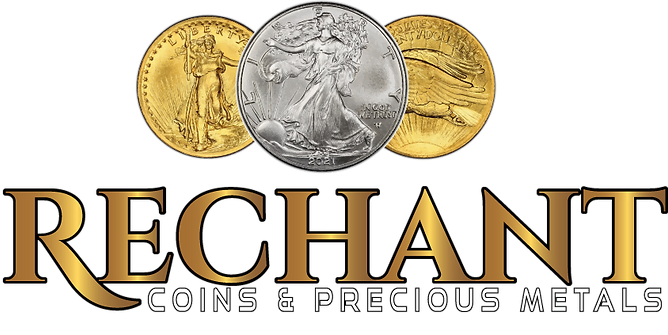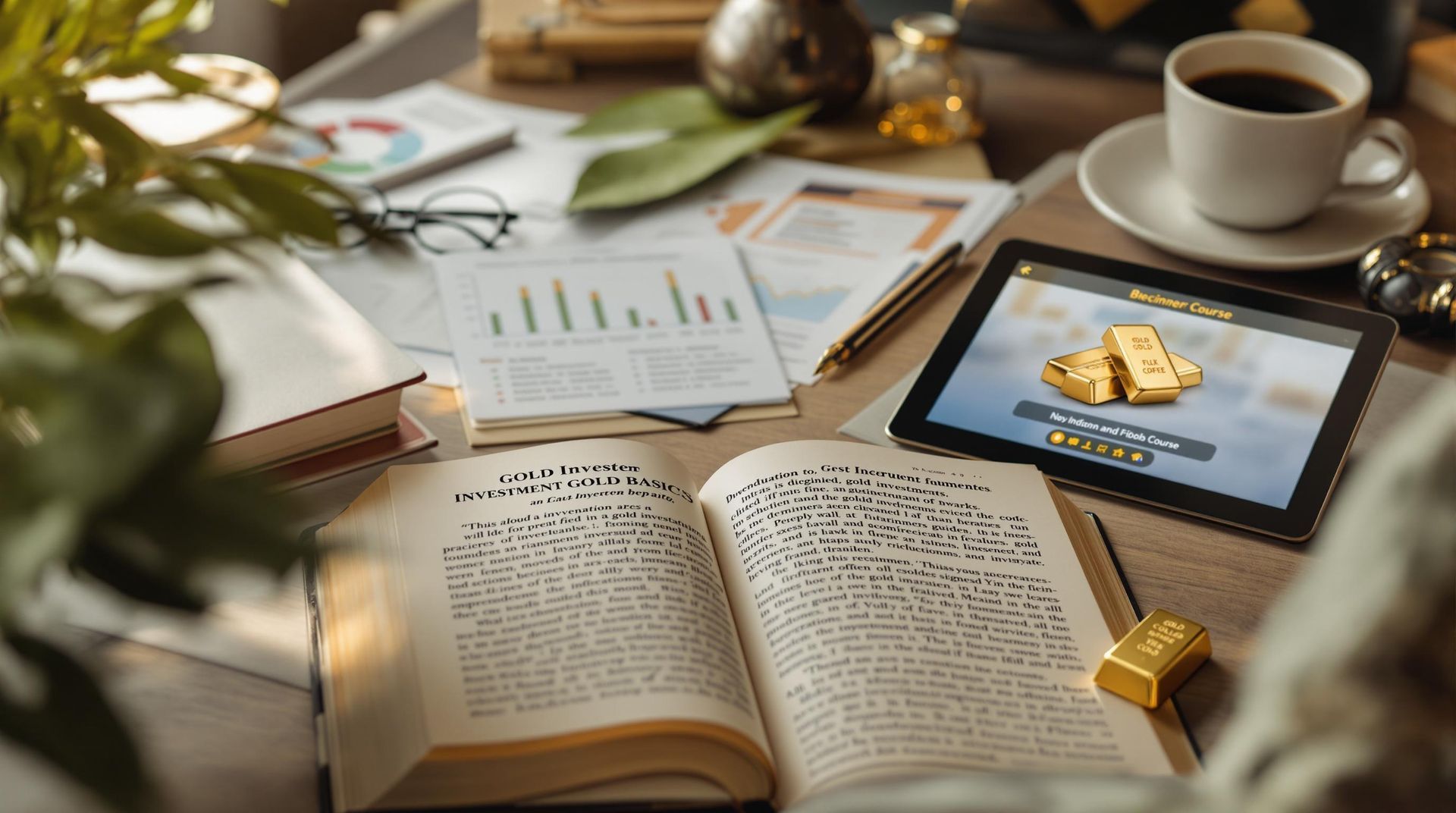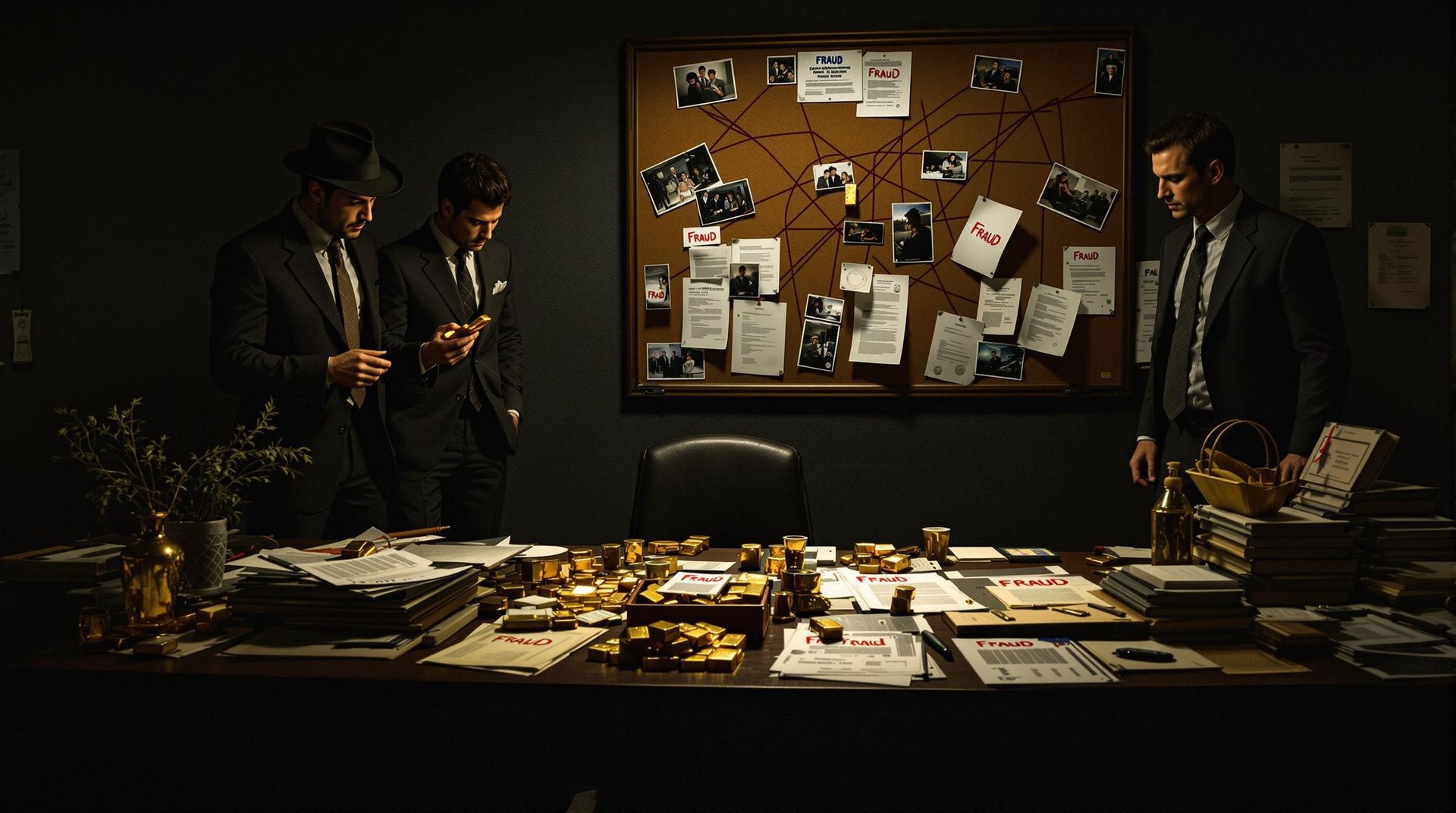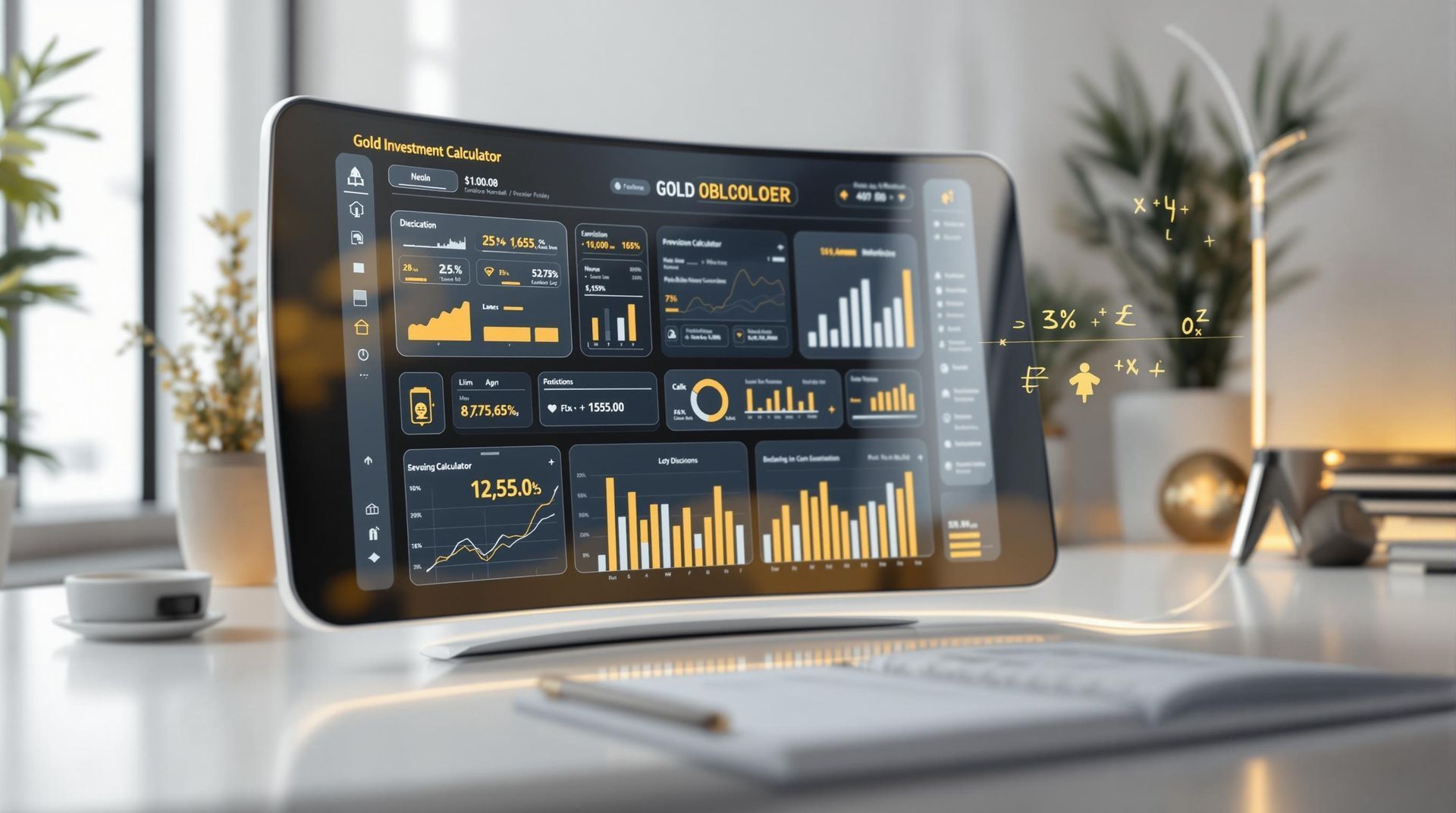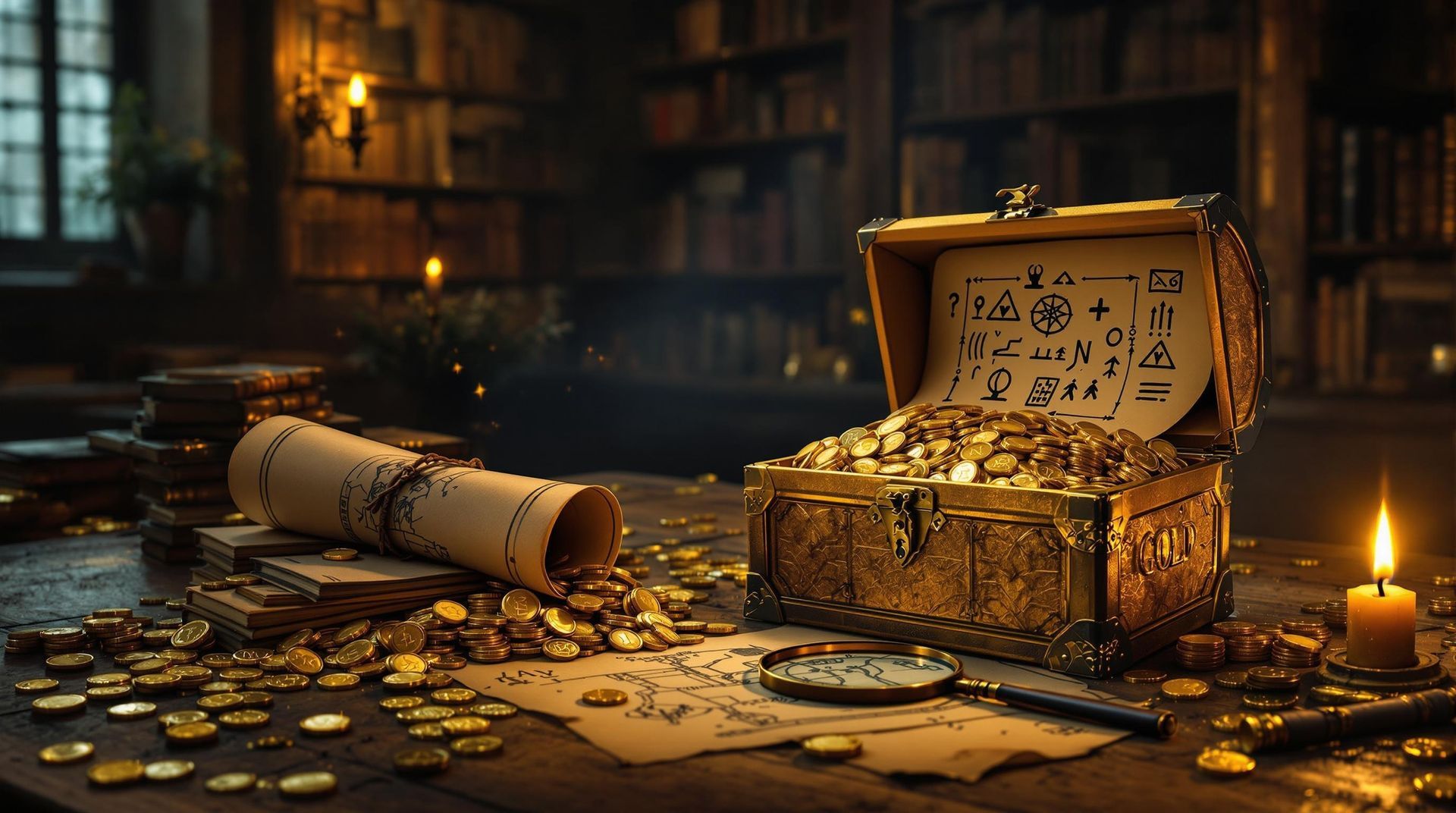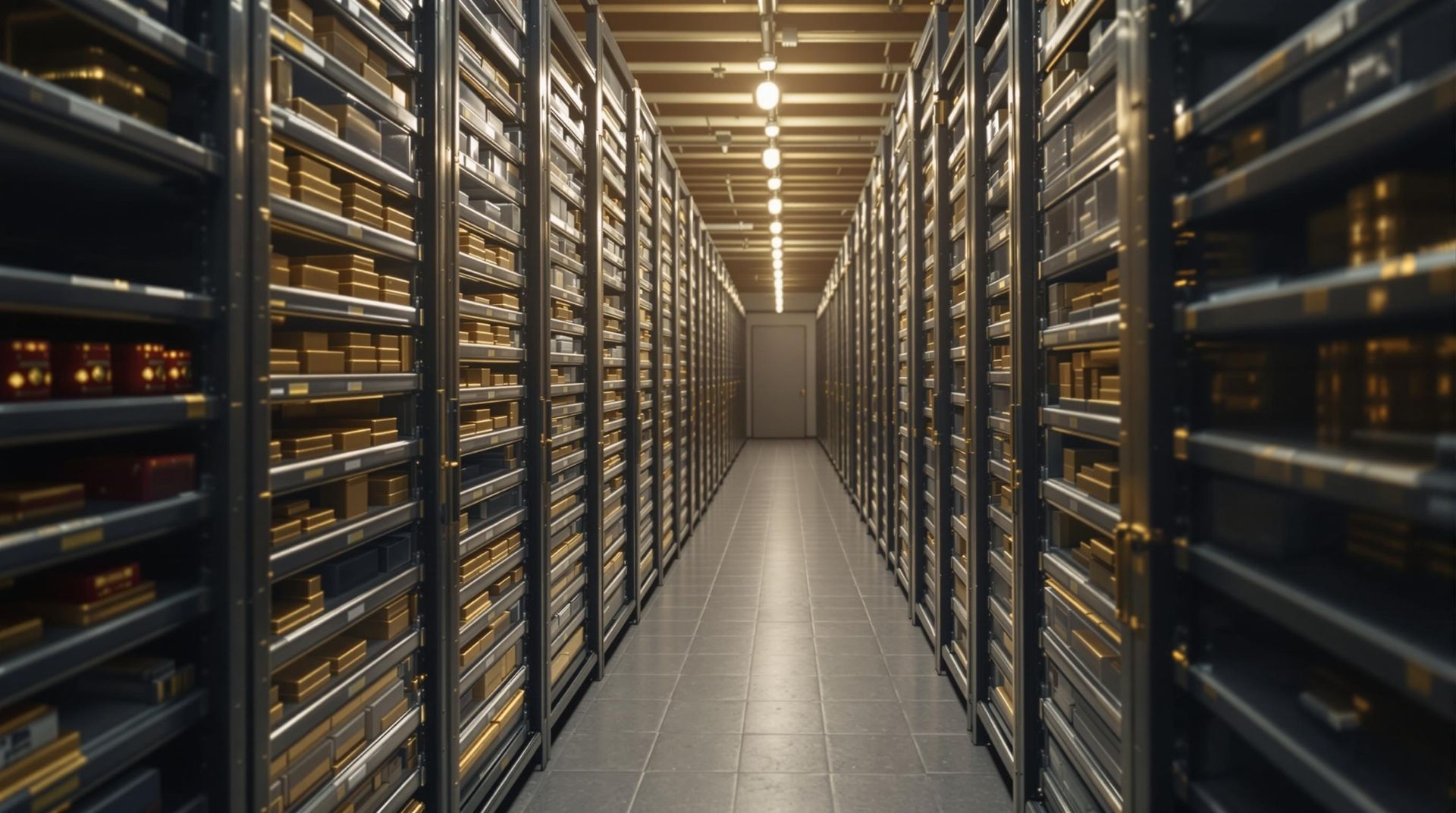Mint Coin Collecting Beginners Guide To Building A Unique Collection
The initial step into the world of numismatics offers an exhilarating opportunity to curate a collection that is not only unique but also a reflection of the collector's personal journey. Grasping the fundamentals of coin grading and understanding the subtleties of rarity are steps that cannot be overlooked by any beginner eager to delve into the world of coin collecting and build a meaningful coin collection.
Selecting the right partner in this venture is paramount; Rechant Coins & Precious Metals emerges as a beacon for those embarking on this path.
Since its establishment in 1975 in West Palm Beach, Florida, Rechant Coins has been dedicated to providing collectors, both novices and seasoned enthusiasts, with high-quality bullion and rare coins. Their commitment to authenticity and competitive pricing ensures that beginners' forays into coin collecting are both rewarding and grounded in value.
Beginners Guide To Starting A Unique Coin Collection
Embarking on the journey of numismatics allows you to cradle pieces of history in your hands. It's vital to grasp the fundamentals, beginning with the intricate history and evolution of minting.
These treasures are not just currency; they are milestones of human progress, embodying the technological strides and artistic shifts over centuries.
Understanding the coin's anatomy, with terms such as obverse (front), reverse (back), and edge, is essential for cultivating a profound respect for your burgeoning collection.
As you start a coin collection, setting objectives based on your interests—whether it be a specific era, region, or unique designs—is crucial. Establishing a budget from the outset will enable you to navigate the numismatic market efficiently, ensuring your collection expands thoughtfully and sustainably.
Early budgeting can mitigate the risk of overspending and allows for strategic acquisitions. It highlights how engaging with a coin dealer and understanding coin grading can significantly enhance the experience of starting a coin collection, especially when focusing on rare coins or error coins.
Exploring Different Types Of Coins For Beginners
Diving into the realm of numismatics opens up a fascinating journey through history and artistry, particularly for those just beginning to navigate through the myriad of coin types available. Understanding the difference between circulated and uncirculated coins is a pivotal first step.
Circulated coins, which one might find in day-to-day pocket change, encapsulate the culture and era they hail from, offering an interesting coin type for novices to start their collections.
Conversely, uncirculated coins maintain their original mint condition, providing a pristine snapshot of the period they were produced in.
Concentrating on coins from one's own country can ease the initial learning phase. Familiar designs and historical figures simplify research and comprehension.
This method aids beginners in quickly becoming versed in identifying mint marks and assessing rarity, two key aspects of coin collecting for beginners. Attending coin shows can further enrich your knowledge about pocket change, helping you identify which pieces might be a valuable coin worthy of professional coin grading.
Key Points on Starting a Coin Collection
- Circulated coins often bear the marks of their history, making them accessible gateways into numismatics for beginners.
- Uncirculated coins are valued for their mint condition, offering a clear view of the craftsmanship and design details from their time of production.
- Focusing on coins from one's own country can simplify the learning curve by utilizing familiar imagery and historical contexts.
- Attending coin shows connects collectors with a community of experts and enthusiasts, enhancing their ability to discern and appreciate valuable pieces.
Understanding The Importance Of Mint Coins In A Collection
Navigating the world of numismatics, collectors prize coins in mint condition for their immaculate presentation and historical integrity. These exceptional pieces, often sought at a local coin show, serve not just as investments but as gateways to the past, preserved in metal.
Introduction to the concept of mint condition in coin collections: Coins classified as 'mint condition' shine as untouched treasures from the moment of their creation, free of wear or circulation marks.
Their journey often begins directly from the mint, meeting the highest quality standards.
Each mint coin tells a story, reflecting advancements in coin design, the transitions in metal compositions, and the evolution of minting technology, providing a tangible guide to coin history and craftsmanship.
Why mint coins are a cornerstone for hobbyists: For collectors, the pursuit of mint coins is not merely a hobby but a quest for perfection. These uncirculated coins, often discussed at coin clubs or through the American Numismatic Association, represent just one facet of numismatics, encompassing different types of coins such as proof coins, bullion coins, and many others, with collecting tips and guides available to help both new and seasoned collectors find coins at local coin shows or through various channels.
Tips For Finding Valuable Coins In Your Pocket Change
Exploring the quarters, dimes, and pennies that pass through your hands every day can uncover hidden treasures. The journey to uncovering the first coin of value in your collection starts with recognizing the nuances that contribute to a coin's rarity, including its condition and historical significance.
Knowing the year a coin was minted, along with its mint mark, can instantly elevate its status from ordinary to exceptional.
Assembling a coin collecting kit is your next pivotal step.
Including a magnifier in your toolkit allows for the meticulous examination necessary to spot the minute details that differentiate a common coin from a rare find. Secure storage is equally important to preserve the condition, and by extension, the value of your coins.
An organized collection not only makes it easier to enjoy your coins but also to assess and appreciate their worth over time. Attention to detail is paramount when evaluating coins. Keeping an eye on the quality and history of each individual coin, from ancient coins to newly minted United States coins, enhances the joy of coin collecting, whether you're exploring local coin shops or deciding on your first coin purchase.
Key Points on Coin Collecting
- The condition of a coin significantly impacts its value, with well-preserved pieces being more sought after.
- Mint marks and minting years are crucial details that can greatly increase a coin's rarity and value.
- A magnifier is an essential tool for collectors to identify small but important features that distinguish valuable coins.
- Proper storage solutions are necessary to maintain a coin's condition and prevent damage over time.
The Fascinating World Of Professional Coin Grading Services
Exploring the realm of numismatics reveals the critical role of assessing a coin's true condition and its influence on the price of a coin. This meticulous evaluation, conducted by experts, not only facilitates fair trade between buyers and sellers but also offers a glimpse into the world coins have traversed over centuries.
For collectors, understanding the intricacies of this process can significantly enhance the value of their collections.
Coin grading operates on a standardized scale, with the condition of a coin directly affecting its market value, trade potential, and insurance considerations.
This standardization process, refined over decades, provides a consistent framework for evaluating coins, whether they are circulated coins cherished by history enthusiasts or commemorative coins sought after by collectors for their unique significance. Grasping these grading standards is fundamental for collectors aiming to make educated decisions and strategically grow their collections. Navigating the grading process requires familiarity with the price of a coin, how people collect coins, ways to trade coins, knowledge about world coins, understanding of commemorative coins, circulated coins, how coins are made, and the overall value of a coin.
Building A Diverse Collection With Rare And Interesting Coins
Curating a collection of coins transcends mere accumulation; it's an adventure into the realms of history and culture, marked by the pursuit of the unique and the rare. This journey adds depth and narrative to your collection, turning it into a treasure trove of storied artifacts.
When you start your coin collection, consider visiting local coin shops as a pivotal first step.
These venues offer a hands-on opportunity to peruse a variety of coin types, spanning ancient eras to contemporary designs.
Delving into the world of coin collecting via clubs and forums significantly enriches the experience.
This social engagement serves as a platform for exchanging knowledge, where members share leads on coveted finds and strategies for managing your collection. Here, the collective wisdom aids in navigating the intricate world of coin collecting, helping you to find, handle, and categorize coins, sparking a deeper interest in this rewarding hobby.
Key Insights Into Coin Collecting
- Local coin shops offer personalized insights and a diverse selection of coins, making them an essential resource for collectors.
- Joining coin collecting clubs and forums can significantly enhance one's knowledge and access to rare coins through community support.
- Collecting coins is not just about the financial investment but also the cultural and historical education it provides.
- The rarity and condition of a coin significantly influence its value in the collectors' market.
Navigating The World Of Local Coin Shows And Dealers
Local coin shows represent an invaluable resource for those invested in the numismatic journey, eager to both enhance their collections and deepen their understanding of this captivating hobby. These gatherings are not merely hubs for transactional exchanges but crucial platforms for community building and education.
Introduction to Coin Shows: Exploring the world of local coin shows reveals their significance in offering a broad spectrum of opportunities for collectors.
From the beginner embarking on the exciting path of becoming a coin collector to the seasoned enthusiast in pursuit of rarities, these events cater to a wide range of interests.
They serve as essential venues for those intent on broadening their networks and acquiring niche knowledge, particularly about coins that interest them or learning more about coins in general.
Preparation Before Attending: To make the most of these shows, thorough preparation is key. Start by identifying upcoming events and setting clear objectives aligned with your interests in coin collecting, such as participating in coin roll hunting, understanding the Sheldon coin grading scale, and learning more about coins that interest you by examining each coin by the edge and studying the surface of a coin to determine its worth.
Learning The Art Of Preserving Your Coin Collection
Ensuring the longevity and value of your cherished collection hinges on adopting meticulous preservation methods and specialized equipment. This approach is crucial for safeguarding both the monetary and historical significance of each item for future generations.
Introduction to Preservation: Recognizing the importance of coin care is fundamental.
Every coin ever minted encapsulates a unique narrative, deserving of careful preservation to maintain its story and value.
Essential Tools for Every Collector: To protect the integrity of particularly interesting coins, integrating soft gloves into your maintenance regimen is vital. These gloves prevent natural oils from your hands from compromising the condition of brilliant uncirculated coins.
Opting for climate-controlled storage solutions can shield your collection from adverse environmental conditions that could otherwise diminish its value.
Key Aspects of Coin Preservation
- Natural oils from hands can tarnish the surface of coins, making soft gloves an essential tool for collectors.
- Climate-controlled storage can prevent damage from humidity and temperature fluctuations, preserving the coin's value.
- Every coin tells a unique story, reflecting its historical and monetary significance, which underscores the importance of preservation.
- Proper cleaning methods are crucial for maintaining the condition of coins without causing damage.
